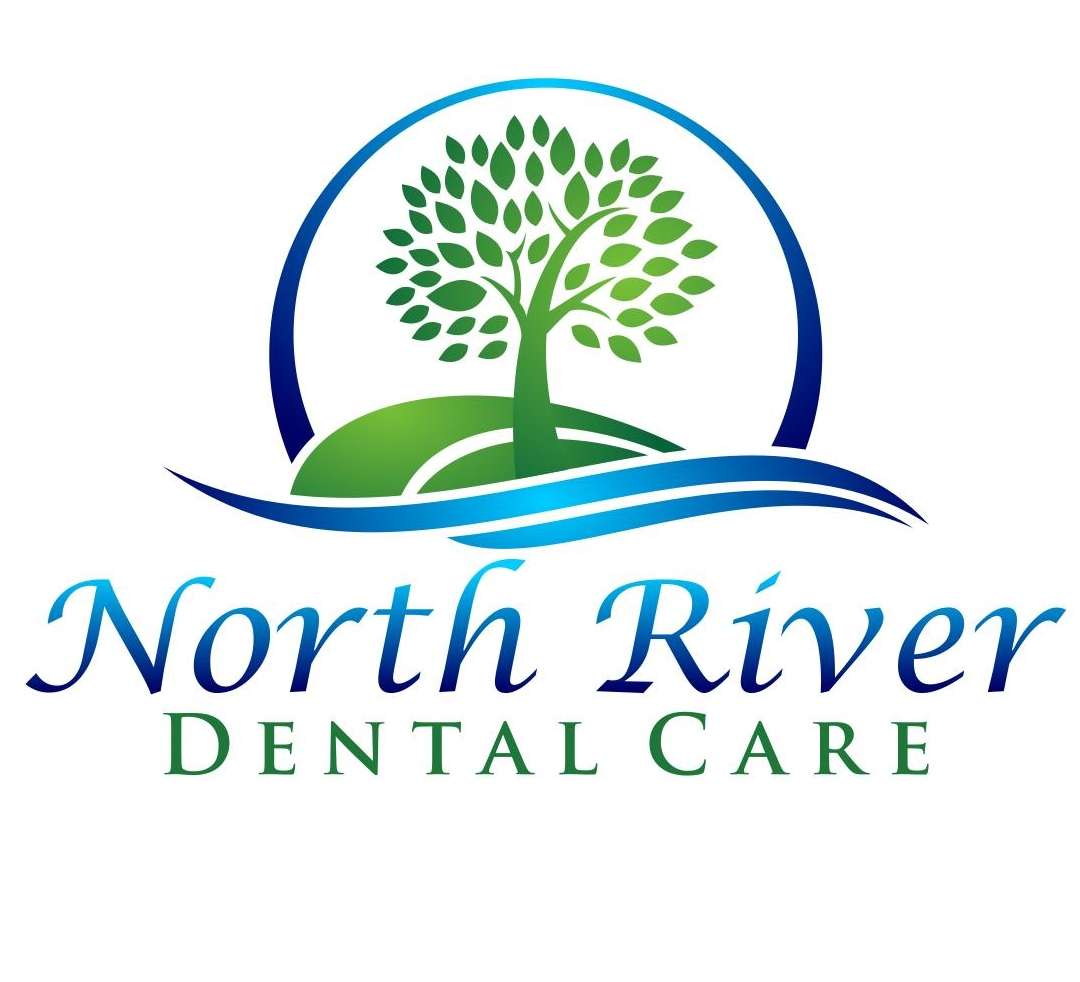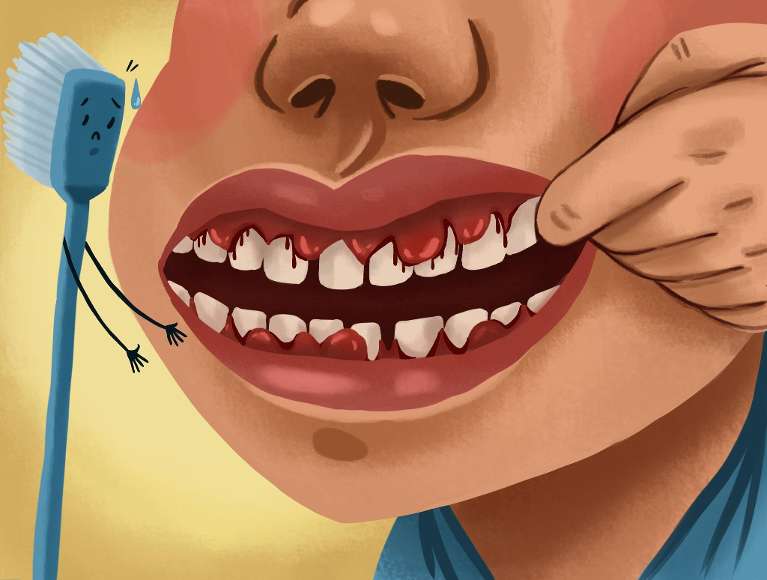
If you’ve ever noticed a little bleeding when you floss or brush, you might have brushed it off. But that small sign could be your gums trying to tell you something. Gum disease doesn’t happen overnight—it’s a gradual process that often starts quietly and builds over time.
At North River Dental Care in Fredericksburg, Dr. Ryan Bailey and our team often remind patients that healthy gums are just as important as healthy teeth. Gum disease develops in stages, but with the right care, it’s almost always preventable—and, in its earliest form, completely reversible.
Stage One: Gingivitis—The Wake-Up Call
Gingivitis is gum disease in its earliest and most treatable form. It begins when plaque—a sticky film of bacteria—builds up along the gumline. If it’s not brushed or flossed away, the bacteria irritate the gums, causing redness, tenderness, or bleeding when you brush.
The fix? Usually a professional cleaning and a renewed commitment to daily flossing and brushing. At this point, the damage is limited to the soft tissue—no bone loss, no permanent harm. Think of gingivitis as your warning light. Catch it here, and you can hit the brakes before it becomes something serious.
Stage Two: Periodontitis—When the Damage Starts
When gingivitis isn’t treated, it can progress to periodontitis, a deeper infection that affects both gums and bone. The bacteria begin to form pockets around the teeth, where plaque and tartar collect below the surface. You might notice your gums pulling away from your teeth or a lingering bad taste in your mouth.
At this stage, treatment usually involves deep cleaning (scaling and root planing) to remove bacteria below the gumline. Dr. Bailey may also recommend special rinses or antibiotics to help reduce inflammation.
The key takeaway? You can still stop gum disease in its tracks—but it requires teamwork between you and your dental team.
Stage Three: Advanced Periodontitis—When Things Get Serious
Without treatment, periodontitis can advance to the point where bone loss threatens the stability of your teeth. Gums may recede significantly, teeth can loosen, and chewing may become uncomfortable. Even your overall health can be affected—advanced gum disease has been linked to heart disease, diabetes, and other systemic conditions.
In these cases, specialized periodontal therapy or surgery may be needed to restore health and prevent tooth loss. While advanced gum disease sounds intimidating, professional treatment and maintenance can prevent it from worsening and help preserve your natural teeth for as long as possible.
How to Keep Gum Disease From Taking Hold
Prevention really does make all the difference. Here are some habits that protect your gums for life:
- Brush twice daily with a soft-bristled brush and gentle circular motions.
- Floss every day (it’s the only way to reach between teeth and under the gumline).
- Schedule regular cleanings—even the best brush can’t remove hardened tartar.
- Eat balanced foods rich in vitamin C and calcium to support gum health.
- Don’t ignore bleeding gums—it’s a sign something’s off.
At North River Dental Care, we use preventive tools like laser therapy, Arestin® gum treatment, and personalized hygiene plans to keep gum disease under control—often before you ever feel symptoms.
Prevent Gum Disease With North River Dental Care in Fredericksburg
Your gums are the foundation of your smile—and like any foundation, they need care to stay strong. Whether you’re due for a cleaning or have noticed early signs of irritation, Dr. Ryan Bailey and the North River Dental Care team are here to help you protect your oral health with gentle, effective prevention.
Don’t wait for discomfort to tell you something’s wrong. Schedule your next visit at our Fredericksburg office, and keep your gums—and your smile—healthy for the long run.




